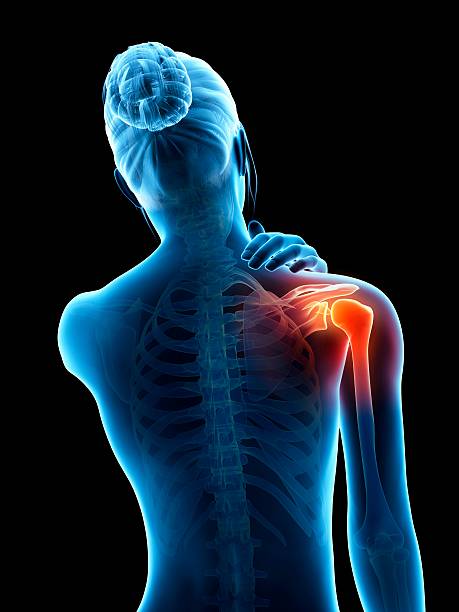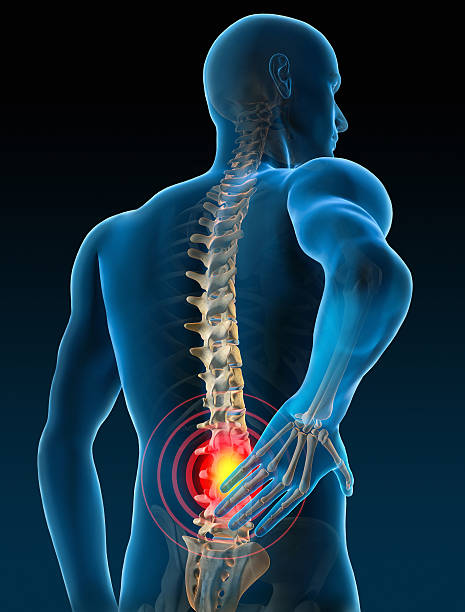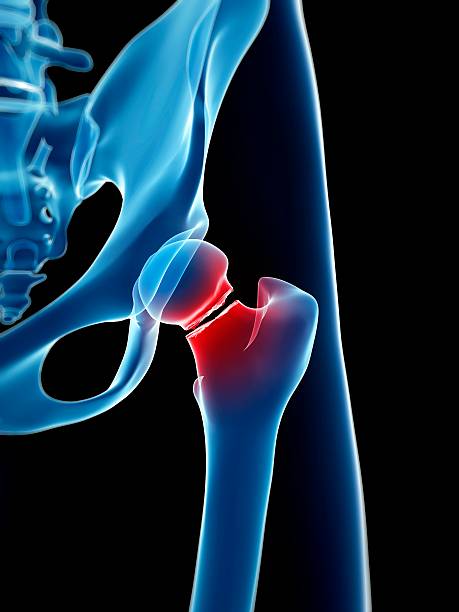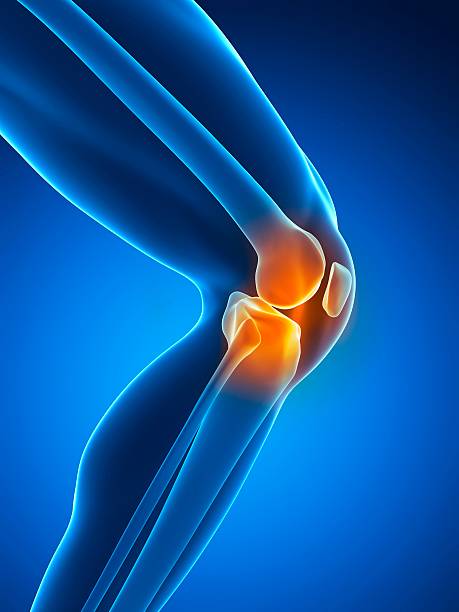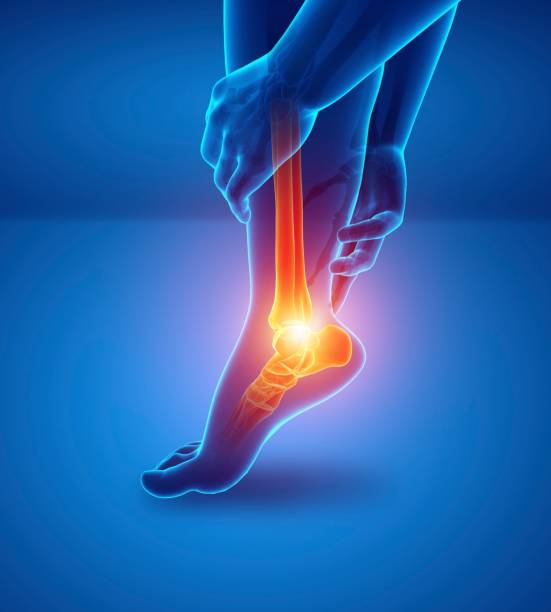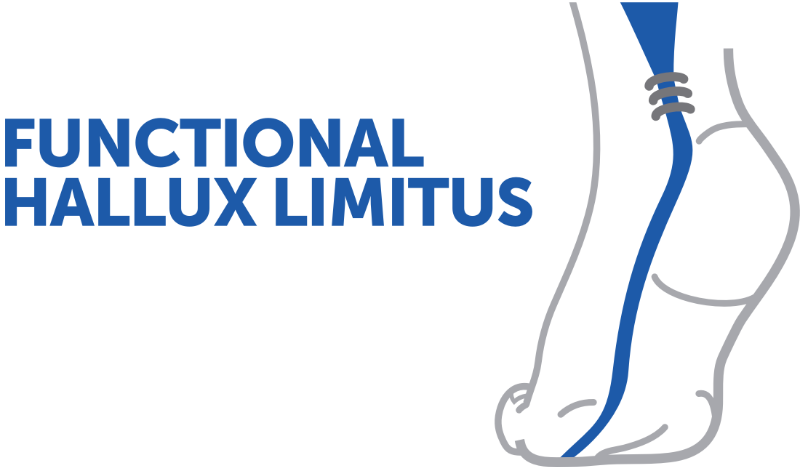Functional Hallux Limitus: indications and surgical treatment
This lecture explores Functional Hallux Limitus Syndrome, a foot condition related to the blockage of the flexor hallucis longus tendon. Specialists present clinical aspects, diagnostic tests, conservative and surgical treatments, and patient profiles. A surgical demonstration is also included.
Doctors
Topics
Treatments
Advice
- Dr. Jacques Vallotton; Dr. Theresa Olden; Dr. Simon Joufflineau
- Introduction
- Anatomy and diagnosis
- Conservative treatment
- Surgical indications
- Operational demonstration
- Conservative treatment
- Surgical treatment
- Tendon release
- Vacuum cord operation
- Joint mobility test
- Chain symptoms
- Multiple surgical indications
- Targeted post-operative rehabilitation
Information
Video type:
Anatomy:
Thematic:
From indication to technique: clarifying the decision-making process
Functional hallux limitus results from an impingement of the FHL at the level of the retrotalar tunnel. When discomfort persists despite structured conservative treatment, a minimally invasive surgical option can be proposed to restore tendon sliding.
The indications concern various profiles: forefoot pain, ankle instability, patellar syndrome, overuse tendon injuries, postural lower back pain, or even exposed athletes (dancers, skaters).
Clinical assessment and criteria for failure of conservative treatment
Before indicating surgery, clinical assessment confirms the persistence of a positive stretch test and subtalar blockage despite the release maneuver, regular stretching and postural rehabilitation. Gait analysis demonstrates the late tilt into pronation and the lack of support under the first ray.
Failure is considered when pain, instability or functional repercussions remain after a well-conducted program.
The surgery is minimally invasive and allows for rapid functional recovery.
Principles of endoscopic thenolysis
The procedure is performed through two small posterior approaches, on either side of the Achilles tendon. After creating a working space, the retrotalar pulley is identified and then sectioned flush with the bone under arthroscopic control, preserving the neurovascular structures.
The surgeon then checks the free sliding of the musculotendinous junction and the functional improvement by mobilizing the hallux in dorsiflexion with the ankle flexed dorsally.
Expected results and early consequences
The intervention aims to restore the winch effect and resynchronize the gait pattern. The after-effects are generally simple: moderate pain, weight-bearing allowed quickly, and functional improvement felt early when the tendon regains its glide.
The technique can be combined with other procedures depending on the context (forefoot, ankle, knee) without increasing morbidity.
Conservative treatment is based on precise maneuvering and rigorous rehabilitation.
Place of conservative treatment and role of rehabilitation
Physiotherapy remains the initial pillar: manual release of the subtalar joint, FHL stretching, posture and balance work, and strengthening of muscle chains. It aims to correct rotation timing and reduce tendon overload.
This step is essential, including before and after surgery, in order to consolidate the result and prevent recurrences.
Patient information
Therapeutic choice is discussed on a case-by-case basis, taking into account the intensity of symptoms, activity, and functional goals. Clear information on the expected benefits and rehabilitation steps promotes treatment adherence and the return to activities under good conditions.
Pathologies treated at the center
Hallux Limitus
Functional
Your pain has a cause.The balance sheet allows us to understand it.
- Gait analysis
- Posture Assessment
- Guidance on the right treatment
- Study of plantar supports and supports
- Detection of compensations
- Pain–movement correlation
The functional assessment allows us to understand how a joint or postural imbalance can trigger or perpetuate pain. Very often, imaging is normal, but movement is disturbed. By analyzing gait, weight-bearing patterns, or posture, we identify the weak links in the chain and guide targeted treatment adapted to the patient's actual mechanics.


